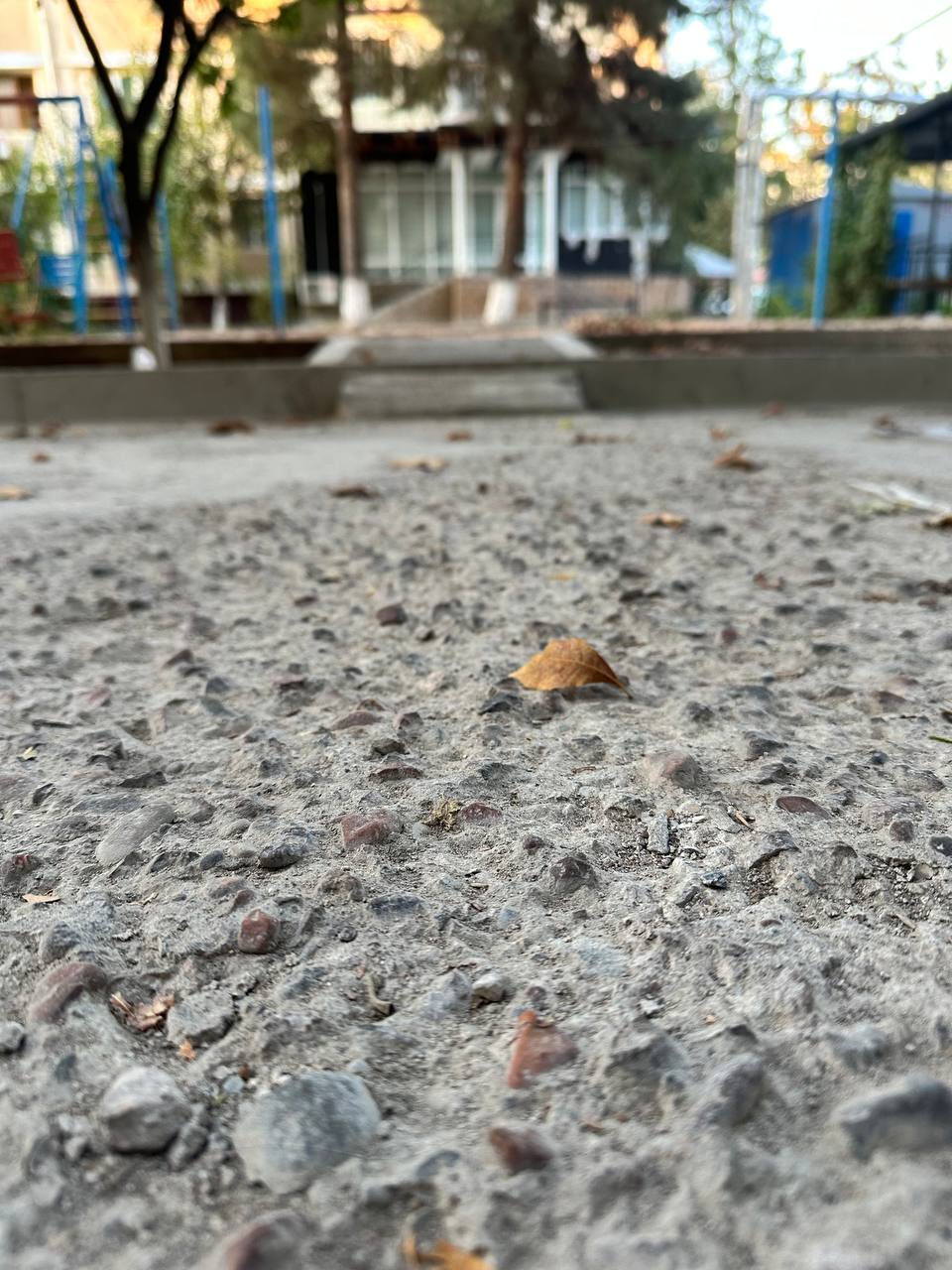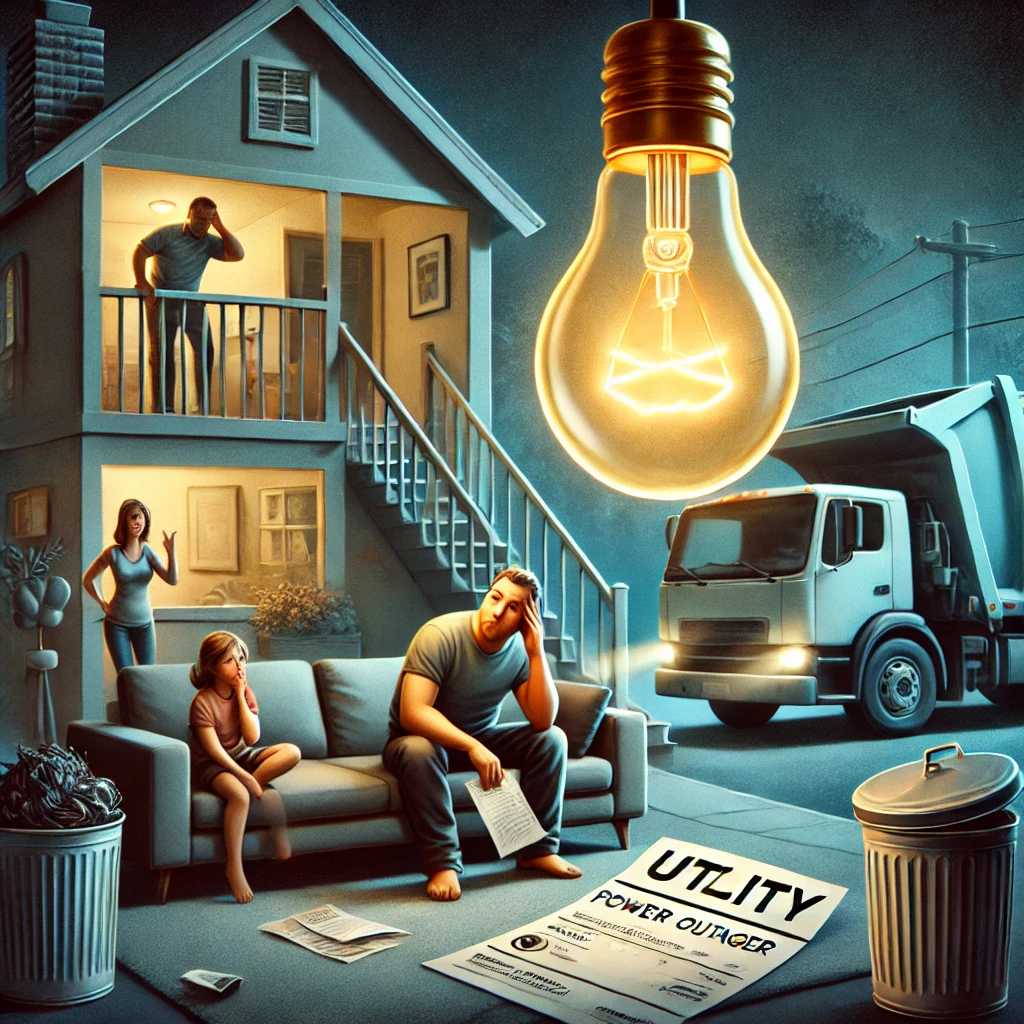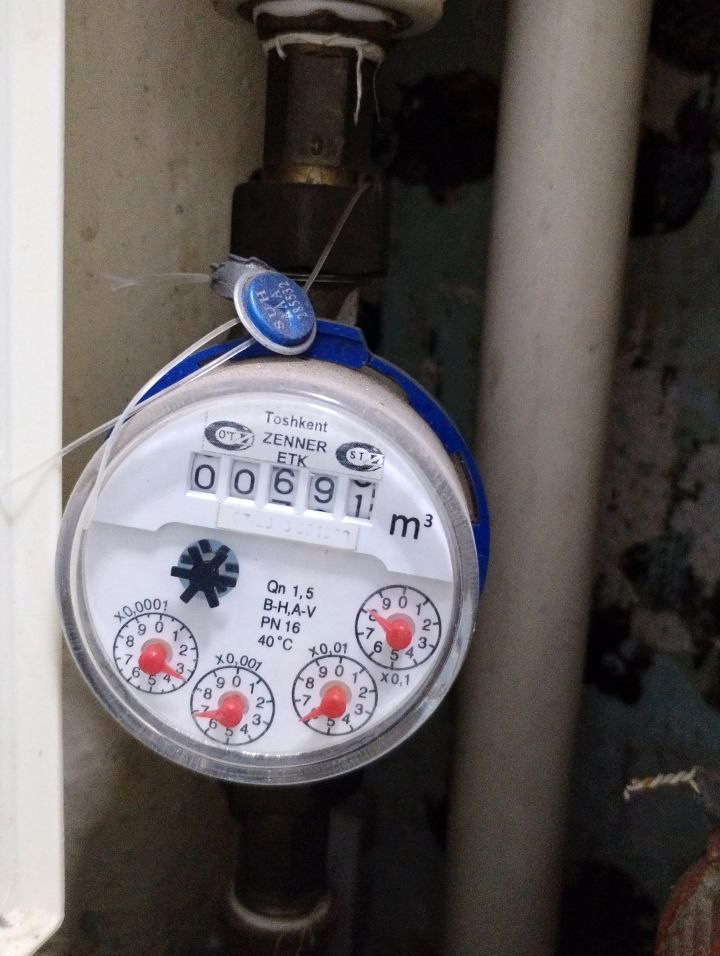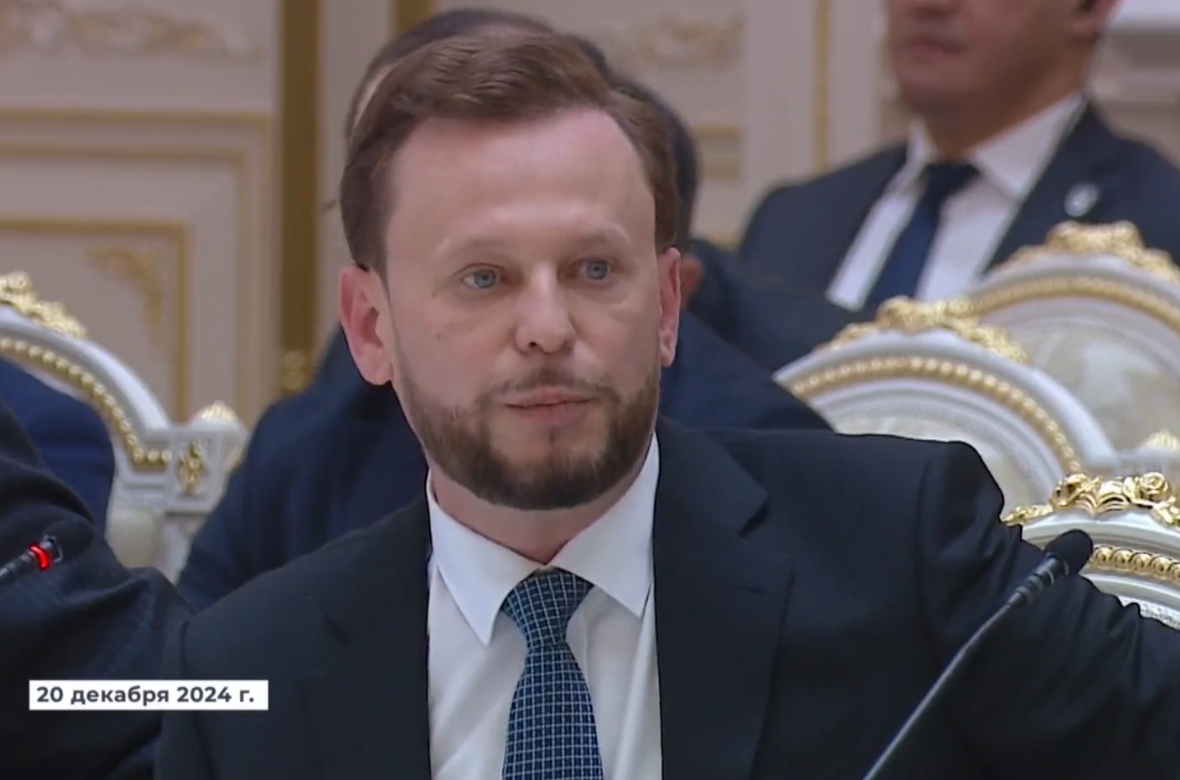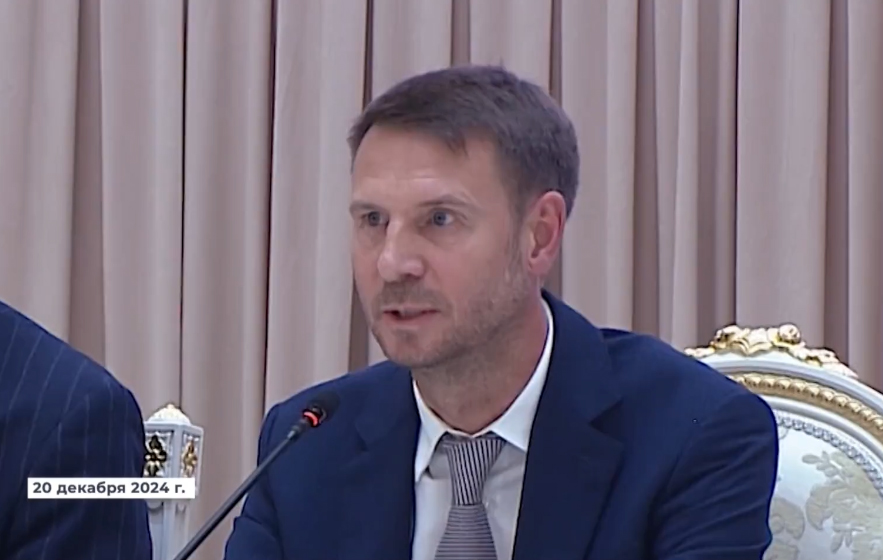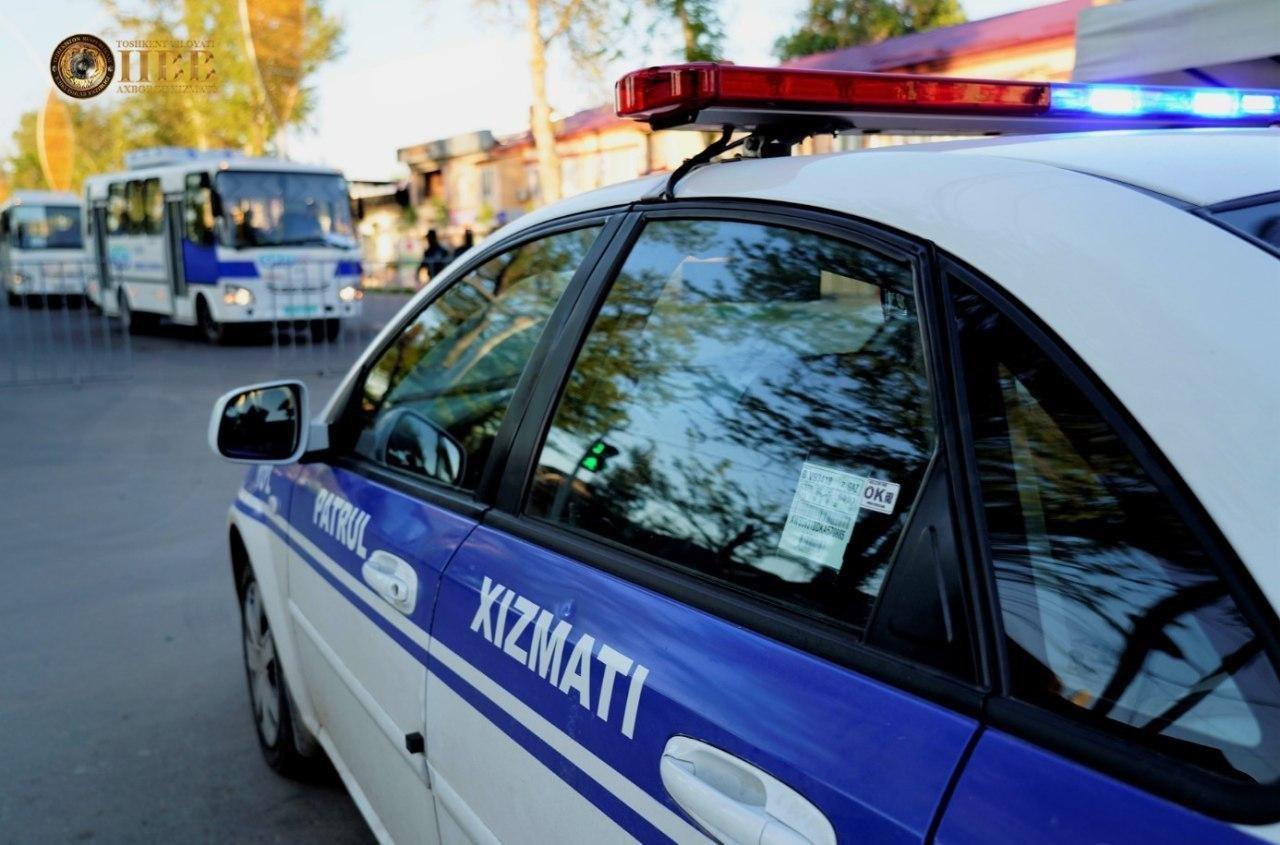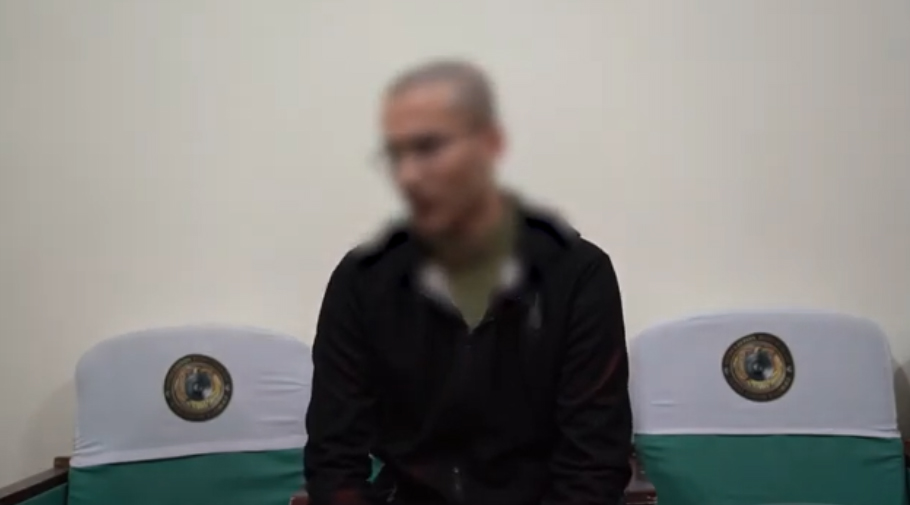This article is also available in:
Русский (Russian)
Uzbek
Tashkent is literally drowning in cement dust. And the problem isn’t just the numerous construction sites scattered around the city but also the absurd decision made during the tenure of former mayor Jahongir Artikhodjaev. It’s still a mystery why the city administration thought it was a good idea to pave sidewalks and inner roads with concrete on such a massive scale. Maybe some cement producer wanted to make a profit, or perhaps officials simply didn’t think through the consequences. But now we’re all paying the price, and the results are, to put it mildly, alarming.
Just a few years later, the concrete sidewalks and paths, which were supposed to be symbols of durability and progress, have begun to crack and crumble into clouds of dust, poisoning the city’s residents. Instead of long-awaited infrastructure improvements, we’ve ended up with a city where breathing has become nearly impossible.
How dangerous is cement dust?
Cement dust isn’t just a minor inconvenience; it can be a deadly threat to your health. Every day, residents of Tashkent breathe in this dust, unaware of the long-term effects it could have on their lungs. Continuous inhalation of cement particles can lead to chronic respiratory diseases: bronchitis, asthma, and even pneumoconiosis — diseases that are hard to treat. Not to mention more severe issues like lung tissue damage and systemic inflammation.
Cement dust not only affects the respiratory system but also harms the heart, weakens the immune system, and causes allergies. Do the authorities know this? Absolutely! But the problem is they aren’t in a hurry to fix their mistakes.
“As a reward, we should give the ‘genius’ who covered the whole city in concrete a cement medal the size of a basin, hang it around his neck, and throw him into the Anhor River. The concrete paths have turned to dust in just a year. It’s not enough that cement manufacturers poison us with their emissions—they decided to deliver this dust directly into our lungs. The crumbling sidewalks harm the environment as much as industrial emissions. While someone enjoys luxury vacations in Dubai at our expense, we’re left swallowing this dust like vitamins,” said journalist and public figure Alexandra Ivanyuzhenko, founder of the project “Mushukkent.”
According to her, the entire concrete covering in the city needs to be redone. The person responsible for this “urban design” may never be found, but perhaps city officials will stop waiting for us to inhale all the cement.
Why did everything fall apart so quickly?
We were promised that concrete sidewalks were the solution to all our problems. They said it was economical, environmentally friendly, and, above all, durable. But it seems officials “forgot” to mention that their idea of durability is only a couple of years, after which the city would suffocate under a blanket of dust. Why did this happen?
First, there’s a question about the quality of materials. Was quality cement even used? Or, as often happens, did they decide to save money? Judging by how quickly the sidewalks crumbled, it’s safe to say that savings were made at every corner.
Second, the technology of installation was likely violated. When contractors work haphazardly, following standards is the last thing on their minds. The result is clear: sidewalks started falling apart almost immediately after construction was completed.
Climate conditions are also a crucial factor. Tashkent isn’t London or Moscow; it has an entirely different climate. The heat and temperature fluctuations severely impact concrete surfaces. This should have been taken into account during construction, but for some reason, they decided that concrete could withstand the climate.
Finally, the complete lack of maintenance only made matters worse. Instead of maintaining and repairing the paths as needed, they were abandoned, leading to even faster deterioration.
What needs to be done?
The situation has gotten so out of hand that simply patching or touching up the sidewalks won’t cut it. We need to change everything, and fast! Here are a few steps that could help fix the situation.
The first step should be the complete removal of all cement coverings. There’s no point in trying to patch up cracks or save what’s already falling apart. The old covering needs to be entirely removed and replaced with high-quality, durable materials.
The next step should involve using tried-and-true materials. Asphalt or paving stones — these are the solutions that have proven their reliability over time. They don’t crumble after a couple of years, and they don’t pose a threat to residents’ health by filling the air with dust.
Strict quality control of the work must also be implemented. The city administration needs to take a serious approach to selecting contractors. Construction shouldn’t be entrusted to just anyone. There needs to be independent oversight to ensure that work is done according to proper standards, not “by chance.”
And, of course, maintenance and timely repairs are essential. Even the most high-quality surfaces won’t last forever without proper care. But for that, we need a clear plan, a system, real work—not empty promises, which we hear every time.
Tashkent deserves better than being a city where it’s difficult to breathe because of shoddy concrete work. It’s time to stop making reckless decisions and temporary fixes. City officials need to stop playing at being builders and start genuinely caring for the city and its residents. Until then, we’re left with crumbling sidewalks and breathing in dust that’s killing us slowly but surely.
The article may contain inaccuracies as it is translated by AI. For more details, please refer to the Russian version of the article. If you notice any inaccuracies, you can send corrections via the Telegram bot: Uzvaibik_bot.

